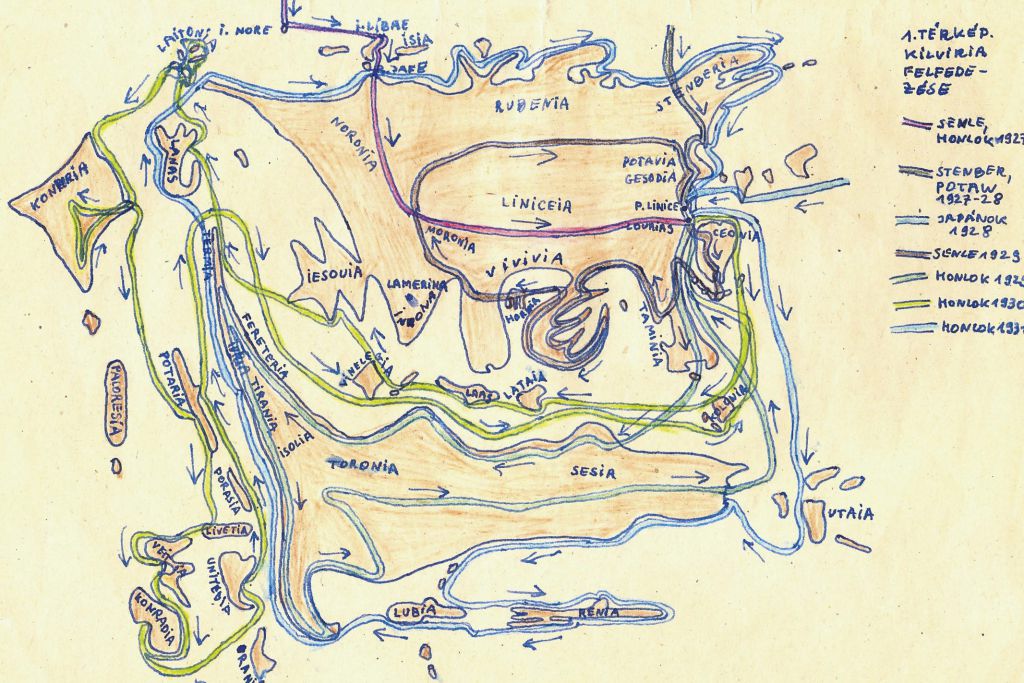An International Musicological Conference on György Ligeti’s Centenary
“However different the criteria for art and for science are, there are also points in common between them, inasmuch as people working in both fields are driven by curiosity. It is a matter of exploring connections that others have yet to recognize, and designing structures that hitherto did not exist.”1
His entire life long, György Ligeti (1923–2006) exhibited a pronounced interest in mathematics and the natural sciences, and he repeatedly emphasised similarities between scientific and artistic thinking and the attendant methods. Invention and exploration seem to have been key to his concept of musical creation, and Ligeti employed countless metaphors to describe the most diverse facets of his process of discovery—characterising himself as, among other things, “a blind man in a labyrinth, feeling his way around and constantly finding new entrances and ending up in rooms that he did not even know existed.”2 The diversity of his interests—not least in neighbouring artistic fields like literature and the visual arts, which played a major role alongside his fascination with other music (ranging from that of composers such as Bartók, Bach, Mahler, or Webern to African music)—and the abundance of compositional approaches that he employed during his five-decade career bear witness to this self-conception: experiments, micropolyphony, hybrid tuning, harmonic net-structures, complex metric and rhythmic structures, the “meccanico” style, a passion for the absurd, acoustic illusions, and “synthetic folklore” are just a few important key words when it comes to Ligeti’s multi-layered oeuvre.
With its titular reference to “Kylwiria”, which is the name of an imaginary country that Ligeti dreamed up as a child, this conference to mark Ligeti’s 100th birthday is placing its focus on the composer’s inventive and exploratory thinking as it relates to his compositional techniques and hence also to philosophical and aesthetic aspects. With reference to a large number of Ligeti’s compositions, the themes to be covered include the role played by explorative strategies and decision-making processes, engagement with scientific concepts, observations from the natural sciences and instances of their creative transference and exaggeration, and Ligeti’s ambivalent relationship with utopias. At the same time, discussion will also be devoted to new ways of approaching Ligeti’s music and his compositional thought that have become more visible in recent years. Included here will be critical reflection upon his self-portrayals, his analytic engagement with music, and his comments pertaining to his own works.

The conference, organised in cooperation with Basel’s Paul Sacher Foundation, the Institute for Musicology of Budapest’s Research Centre for the Humanities, the Hungarian Musicological Society, and the Joseph Haydn Department of Chamber Music and Contemporary Music, will take place at the mdw on 10 and 11 May and at the Institute for Musicology in Budapest on 12 and 13 May and will be accompanied by a concert programme. The exhibition Ligeti-Labyrinth, attendance of which is planned during the conference, already opens on 13 April at Budapest’s Museum of Music History.
With contributions by Amy Bauer, Tobias Bleek, James Donaldson, Andreas Dorschel, Paul Griffiths, Lukas Haselböck & Johannes Hiemetsberger, Joe Cadagin, Márton Kerékfy, Maria Kostakeva, Péter Laki, Benjamin R. Levy, Lukas Ligeti, Wolfgang Marx, Lóránt Péteri, Elisabeth Reisinger, Ewa Schreiber, Bianca Temes, and Heidy Zimmermann. Programme planning and organisation: Anna Dalos (Budapest), Julia Heimerdinger (mdw), Márton Kerékfy (Budapest), Heidy Zimmermann (Basel), and Cora Engel (mdw).
Further information at: mdw.ac.at/imi/aktuelle-veranstaltungen/ligeti-100
- “Rhapsodische, unausgewogene Gedanken über Musik, besonders über meine eigenen Kompositionen” [Rhapsodic, Unbalanced Thoughts on Music, Especially on My Own Compositions], acceptance speech upon being awarded the 1991 Balzan Prize by the International Balzan Prize Foundation (Milan/Zurich) in November 1991, in: Monika Lichtenfeld (ed.), György Ligeti. Gesammelte Schriften, vol. 2, Mainz 2007, p. 123.
- “György Ligeti und Manfred Stahnke. Gespräch am 29. Mai 1993”, in: Manfred Stahnke (ed.): Musik – nicht ohne Worte, Hamburg 2000, p. 127.

